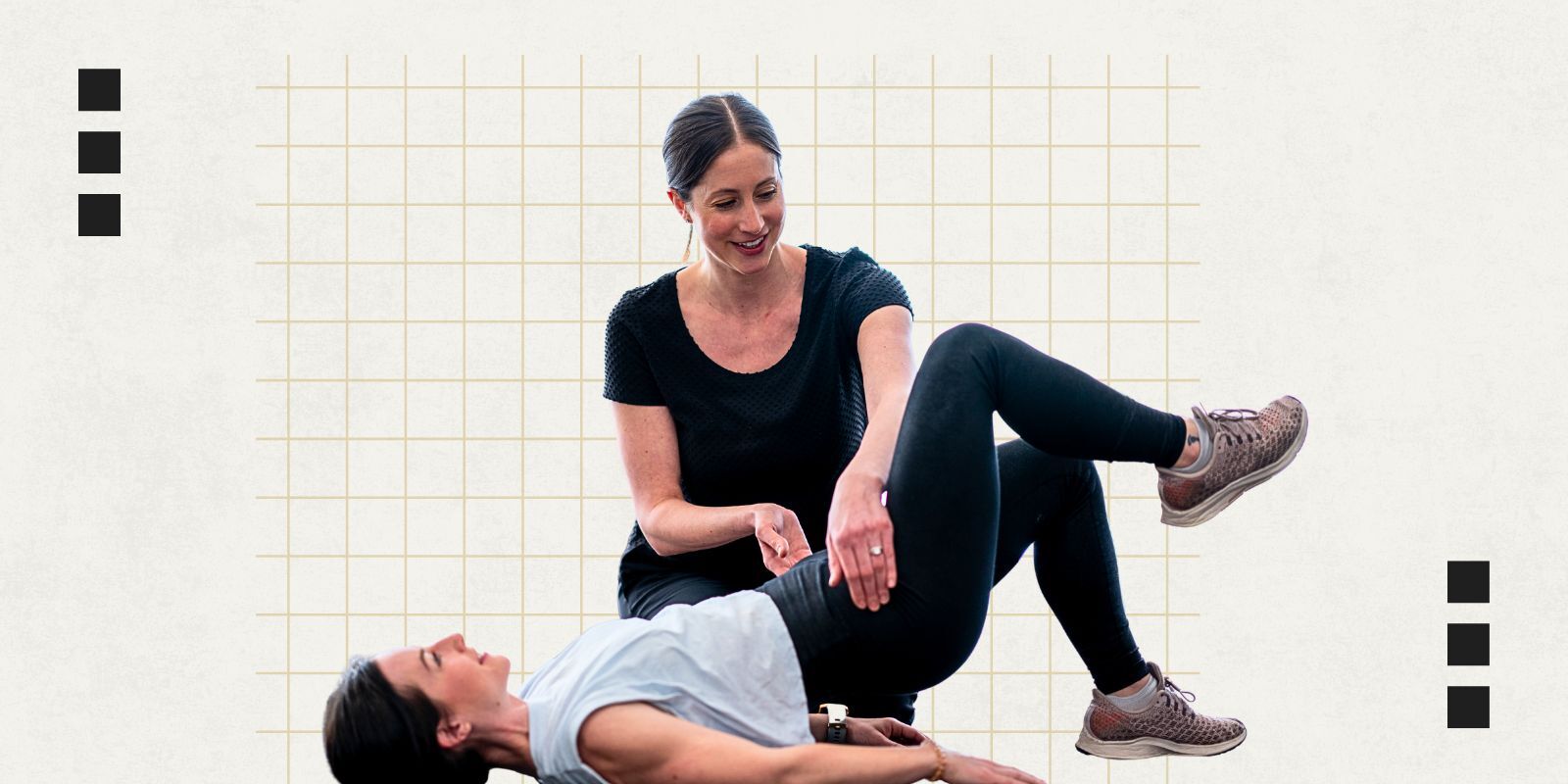When are stents typically used?
Most of them are used in the setting of some type of heart attack, at least in our practice. That’s because there’s data showing that the difference between the effectiveness of stents and medications, for stable symptoms, is negligible. If people aren’t having a heart attack, stenting them doesn’t reduce the risk of dying or having a heart attack. But if they have symptoms that aren’t treated well with medications, that’s when we start talking about stenting for symptomatic benefit. For people who have stable symptoms, we use medications like beta blockers that essentially reduce the workload on the heart. But for more urgent indications, like a heart attack, those are not effective, because you have a plaque that’s ruptured and is not allowing normal blood flow, even at rest, and therefore stenting or even coronary bypass surgery are done to prevent further damage to the heart muscle and death.
Is it a fairly simple procedure?
In most cases it is a fairly straightforward and low-risk procedure. There are situations in which there might be more risk involved. Typically, if there are lots of blockages, lots of calcium buildup in the arteries or reduced heart function, or if the person has multiple medical comorbidities, is older or frail, the procedure carries more risk than it would otherwise.
How long does it typically take to place one?
Depending on the level of complexity, it can take anywhere from 30 minutes to two hours.
What is a stent? What does it look like?
I tell people they look kind of like a Chinese finger trap, if you remember those. They’re made of a woven metal mesh that has a coating of a drug on it that prevents the body from making scar tissue. The body’s reaction to anything foreign is to make scar tissue on it, so the drug that coats the stents is trying to prevent that process. They are actually similar to the medications used to prevent organ transplants. The stent is crimped down onto a balloon, which is then attached to a catheter that we thread over a wire that we use to navigate to the vessel and across the blockage. We inflate the balloon to expand the stent into place. Then the balloon and the wire are removed at the end of the procedure, leaving the stent in place.
How invasive is the procedure?
It is considered minimally invasive. We don’t even call it surgery. We consider it a medical procedure. There is no incision; there’s essentially a large IV placed in an artery that provides the pathway all the way up to the heart. We typically will go in through the artery in someone’s wrist or groin. The wrist is a little safer; it’s a little faster recovery, but it doesn’t allow the same size equipment. Sometimes for more complex procedures, we need a bigger tube to allow for larger equipment or more support to get the equipment we need delivered to the blockage. It’s all done using X-ray guidance and dye, similar to what we use for CT scans.
What’s the recovery like?
If it’s just for symptoms, if someone came in as an outpatient and got the procedure, people typically go home that day or the following day. We ask that they take it easy for about a week, but after that, we tell them to start trying to get back to normal activities. If it was a heart attack, they typically spend a few days in the hospital, depending on the size of the heart attack and how much heart muscle damage occurred. Anybody who gets a stent gets sent to cardiac rehab, which is a monitored exercise program where patients are watched by trained exercise physiologists to make sure that their blood pressure and their heart rate are good while they’re exercising. We want to make sure they’re having no symptoms and no rhythm abnormalities that can be associated with having had a heart attack or stent.
Can you place multiple stents at the same time?
You can. A general rule is if all three major coronary vessels have blockages, and the patient is a reasonable candidate, we may talk about bypass surgery instead, because that’s a lot of stents. It’s more the number of vessels and the location of the blockages that dictates whether surgery or stenting is better.
How long has this procedure been around for?
Angioplasty, which is just using the balloon to expand the artery, was first done in the 1970s but really came to prominence in the 1980s and 1990s. The FDA approved stenting for failed angioplasty in the mid 1990s, and then drug eluting stents in the early 2000s, which led to the real explosion of stenting for coronary artery disease. We’ve iteratively improved the procedure and equipment since then. It’s now the standard of care for people with acute heart attacks.
What was the standard of care previously?
Prior to the invention of angioplasty and stenting, heart attacks were treated with clot-buster medications, similar to what we do for stroke (though that is also changing). Those medications carry risks, particularly bleeding, especially in the brain. Prior to angioplasty, lots of patients would either not be candidates for the medicine because of a history of bleeding, or have a bleeding complication, which can often be devastating. The effectiveness also is much higher. Clot busters have about a coin-flip chance to stop major heart attacks, whereas stenting has a 98% chance of procedural success.
Ray Romano mentions that his doctor told him to go on statins. Does that reduce your risk of a heart attack?
For people at increased risk, statins are shown to greatly reduce the risk of a future heart attack or stroke. They are one of the most effective therapies for doing that. Cardiologists are aggressive about lowering your bad cholesterol, the LDL, because that's been shown time and time and time again to improve mortality.
Aside from statins, what else do you recommend to keep your heart healthy?
Number one, see your primary care provider and get guideline-directed preventive care including treating high cholesterol, high blood pressure, and diabetes, if you have those conditions. Lifestyle measures can also be effective, such as eating a Mediterranean diet that focuses on fish, whole grains, lentils, and olive oil. That has been shown in studies to reduce the risk of future heart attacks and strokes. And regular exercise — exercising at least four times a week for 30 minutes a day, where you get your heart rate up to a target range based on your age — is associated with lower cardiovascular risks as well.





